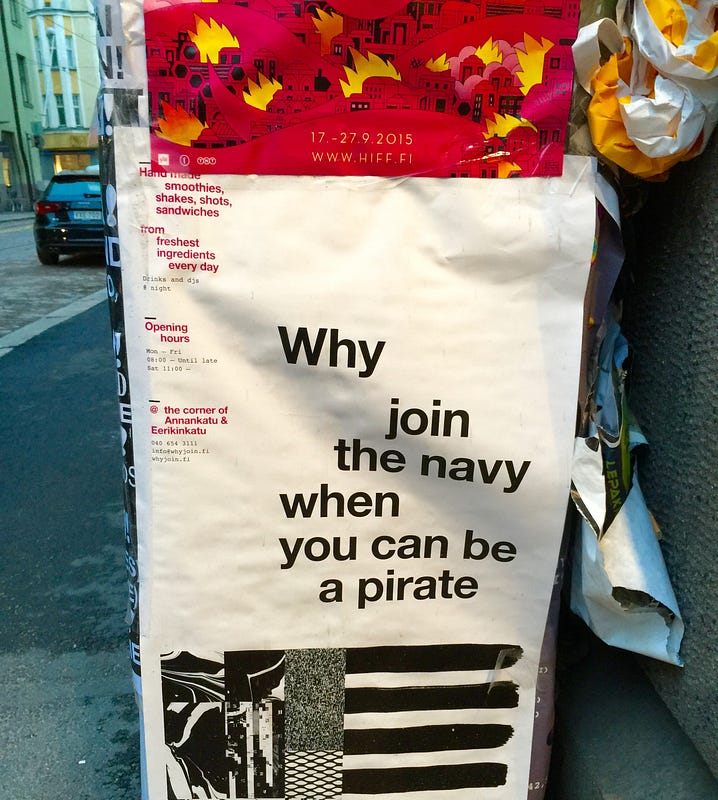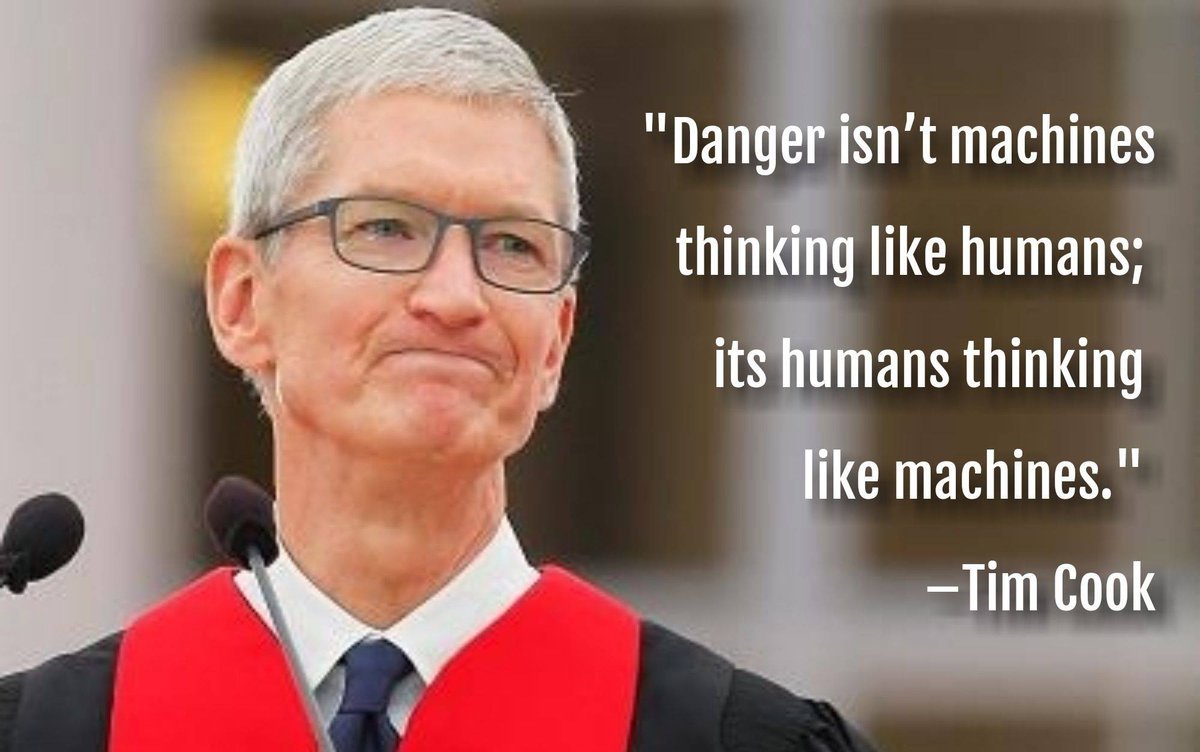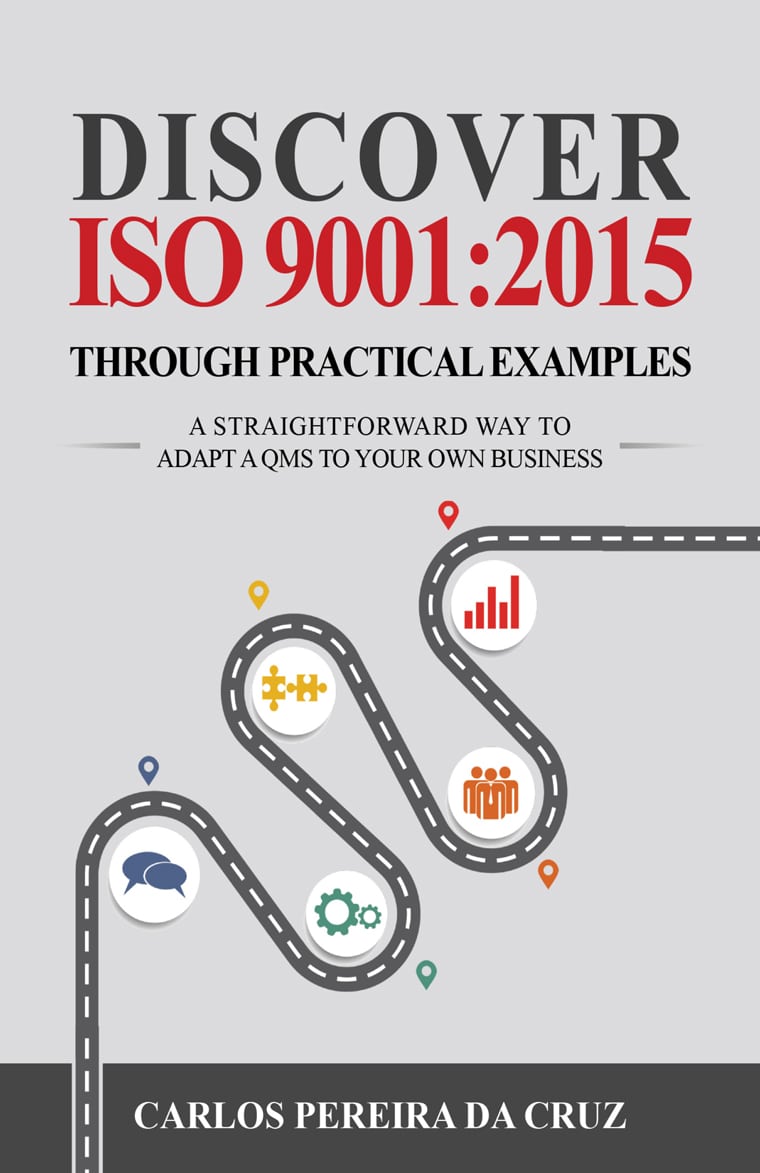Quando comento o pensamento da tríade, daqueles que continuam encalhados no século XX, normalmente adopto um registo irónico. Por isso, por exemplo, costumo compará-los a uma espécie de Saruman no alto da sua torre isolado do resto do mundo.
Por exemplo, e peço desculpa por voltar a usar estes exemplos, quando Sérgio Figueiredo em
2005 decretava a morte do calçado português, ou quando André Macedo em
2008 fazia a missa do sétimo dia do têxtil português, ou quando Vítor Bento em
2013 tecia loas às vantagens competitivas do século XX, ou quando Pais Mamede em 2015 explicava o sucesso das exportações portuguesas, eu não podia deixar de ficar incrédulo, eu não podia deixar de me rir porque todos os dias via exemplos reais, exemplos anónimos, de quem estava a dar a volta por cima, com vantagens competitivas completamente ao arrepio do enquadramento do século XX.
Neste texto, "
Os trabalhadores sabem mais mas a produtividade baixou. Porquê?", sinto que o autor, que julgo que continua encalhado no século XIX, e isso é oura estória, adopta um registo esquisito...
Acreditar que a produtividade cresce automaticamente só porque os trabalhadores têm mais escolaridade é tão básico... tão errado.
Falar da produtividade e do emprego em 2008 sem falar da insustentabilidade dessa mesma economia, sem referir o BES, sem referir as obras públicas, sem referir as limitações dos algoritmos de cálculo da produtividade, parece-me pouco.
Falar da produtividade acreditando em modelos lineares, sem admitir informação incompleta e sem admitir erros de percepção e decisão dos agentes económicos, parece-e pouco.
O autor termina sugerindo algo que é corriqueiro neste blogue:
"Para encontrar respostas para diagnosticar o que parece ser uma doença estrutural, a primeira coisa que devíamos estudar é tão óbvia que parece mentira ninguém o fazer: temos um problema de produtividade ou temos um problema de produção? Aquilo que cada empresa faz, aquilo em que cada trabalhador labora, as grandes apostas da economia real do país têm condições para gerar, realmente, a riqueza que precisamos de criar? Estou a achar que não..."
Há milhares de anos que neste blogue defendemos que há muito maior potencial de aumentar a produtividade actuando sobre o valor co-criado, sobre o que permite aumentar o preço unitário num mercado competitivo, do que actuando sobre o que permite reduzir os custos unitários.
Fico com a ideia de que o autor acredita que devia haver um Cybersyn que estipulasse o que cada empresa devia produzir, e até que as empresas menos produtivas deveriam ser expropriadas para serem geridas por iluminados cheiros de escolaridade académica.
Gostava que fosse possível criar uma Matrix que simulasse estes mundos socialistas crentes num Grande Geometria, num Grande Planeador, numa economia planificada.
Acredito que o aumento da produtividade é em primeira medida da responsabilidade de quem decide o que produzir para que mercados e a que preços. No entanto, também acredito que é um trabalho a fazer empresa a empresa, e creio que nenhuma empresa deve ser "obrigada" a seguir caminhos que os seus proprietários legítimos não querem seguir ou têm medo de seguir. Qual a alternativa?
Algo que o autor do texto considera blasfémia!
Deixar o mercado funcionar, deixar de proteger as empresas com regras e leis feitas à medida. Quem tiver unhas e for capaz de encontrar um nicho que o sustente tem direito à vida, os outros adeus.
BTW, será que o autor estaria de acordo com o encerramento do jornal onde escreve, um jornal que manifestamente não cria a riqueza capaz de o sustentar? Será que o autor estaria de acordo com eliminar os apoios à produção de leite que protegem os produtores com menor produtividade?























